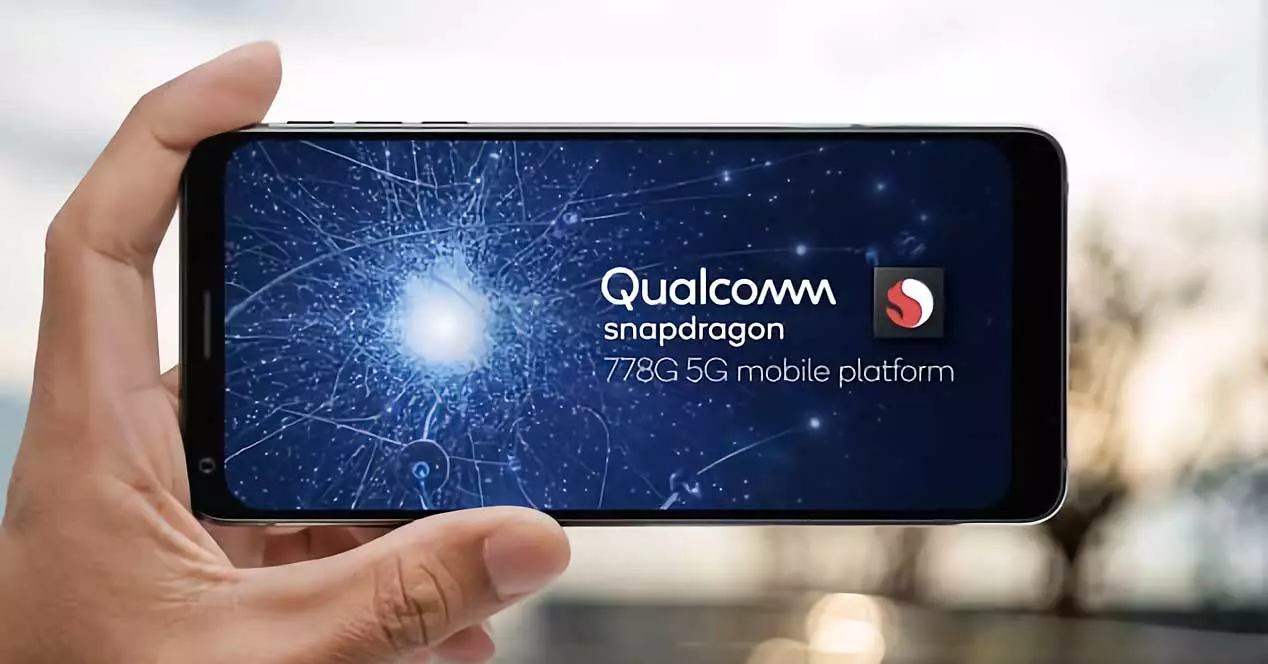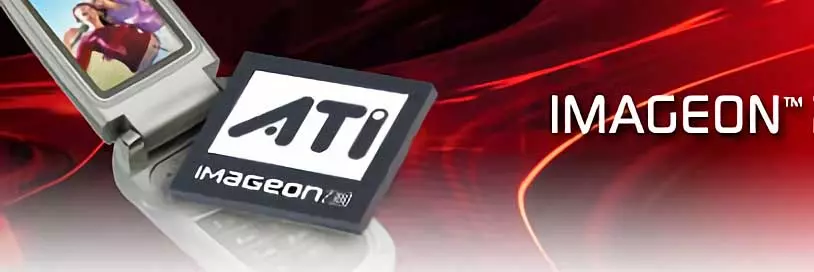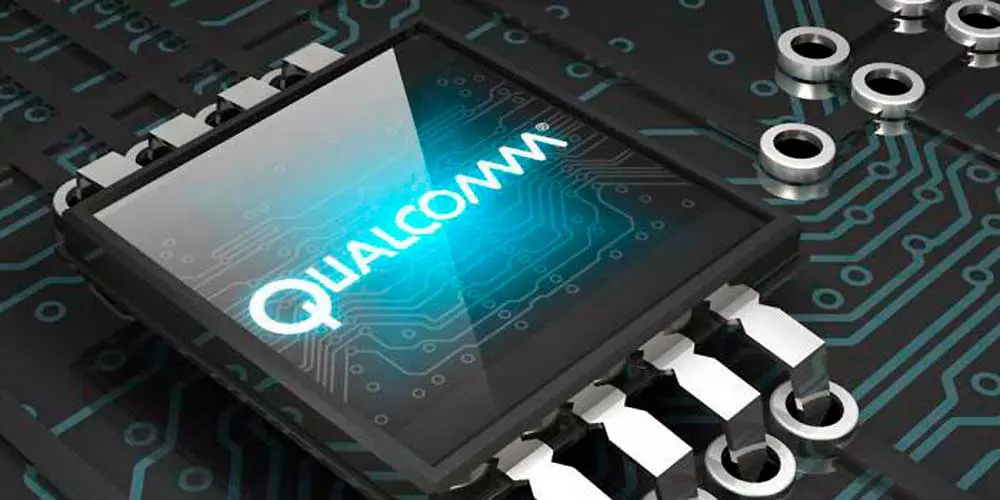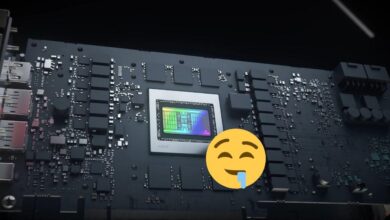
The war between Qualcomm and Apple for the most powerful SoC for a smartphone will soon have a new opponent, this being Intel and possibly in the not too distant future AMD. Samsung is stockpiling Red Team graphics cards in an attempt to differentiate itself and improve the performance of its smartphones, but do you really know that Radeon and Adreno were once the same?
Qualcomm and the purchase of Imageon from ATI by Adreno
The history of AMD, ATI and Qualcomm is linked to a series of curious facts that few people know, but for that reason we have to put ourselves in a situation to tell everything that happened. Before AMD bought ATI to get its R&D and patents on graphics cards in 2006 the company was clear that it was going to get rid of a number of brands by selling them to the highest bidder.
After this purchase and knowing that Imageon was a series of chips that ATI had designed for mobile phones as a high-performance graphics accelerator, Lisa Su’s, a year after acquiring the red team, decided to license the technology to Qualcomm, where it integrated it into the Snapdragon.
In 2009, after a few years of progress, AMD sold the entire Imageon graphics accelerator division to those in San Diego, which removed the Radeon and Imageon names for another “brand new”: Adreno, and what’s so special about this?
The same beginning, a different end
What is special about this acquisition and name change is that Qualcomm, seeing ATI’s work with Imageon and its chips, decided that it would turn the Radeon name into one that would maintain the essence of what was created by the previous engineering team.
Hence Adreno was born, who is nothing more than the anagram of Radeon and although in the internal documents this name already appeared while still in Imageon those of California decided to endow their new graphics chips with that name in honor of their beginnings.
Today, the Adreno GPUs are the only ones that compete with Apple’s SoCs in performance, since AMD has not yet fully entered the sector, something that will have to do in a short time since Intel will do the same. with its Xe architecture and possibly with mobile SoCs competing against Apple and Qualcomm.
So the chances are that Radeon and Adreno are back in their natural habitat, low-power graphics accelerators, recalling the history that has led them to be what they are today.





